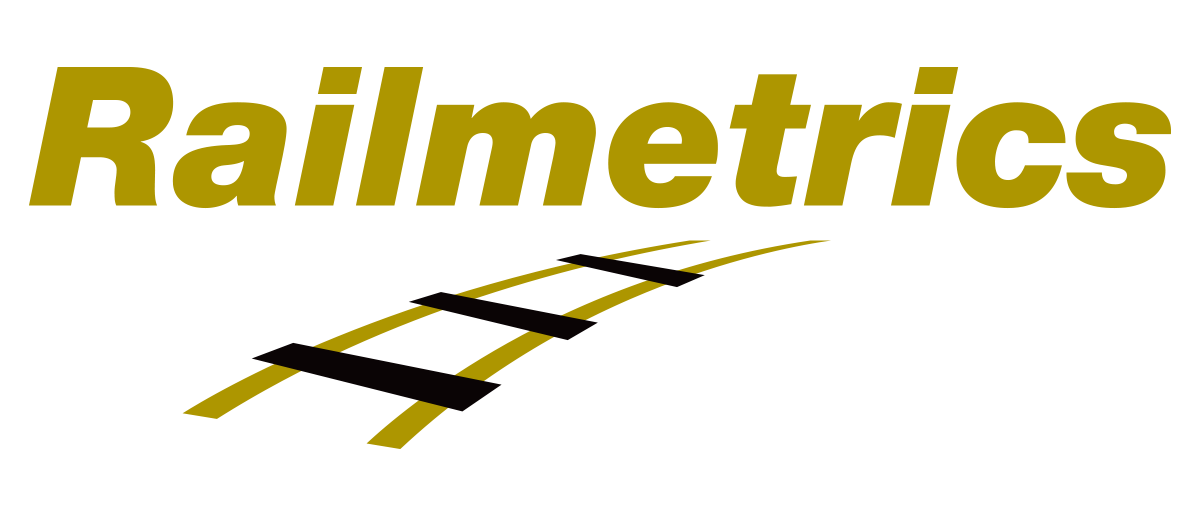Hamm Railway - Embankment Monitoring
Challenge
The Dortmund to Münster railway line is one of Germany’s strategic rail routes. In late 2018 a major fissure appeared along a 100 m stretch of embankment, which ran parallel to the track. This raised concern about the risk of further ground movement and a decision was made to install an emergency monitoring system to mitigate the risk of damage to the railway.
Senceive remote rail monitoring technology has been proven in rail applications around the world. Railway infrastructure owner Deutsche Bahn chose to install a Senceive FlatMesh™ system to monitor the at-risk area following treatment of the fissured ground.
This smart wireless system can be easily deployed in a matter of hours and allows stakeholders to see the relationship between slope and track.
Solution
Senceive provided an emergency track monitoring kit which could be deployed in a few hours if required. This comprised 34 triaxial tilt sensors capable of detecting movement of less than a millimetre, with a cellular gateway.
For the main investigation, a 3 km length of embankment was monitored using a total of 233 stake-mounted triaxial tilt nodes, arranged in two offset rows at approx. 25 m intervals. A FlatMesh™ camera was also deployed to provide around-the-clock photographic images of the defective area. The camera was set up to be automatically triggered in the event of significant ground movement.
The wireless sensors communicated with seven solar powered gateways, which transmitted data securely to the WebMonitor online visualisation software. This was accessible to all registered users.
Outcome
During a period of harsh winter conditions, up to 9 mm of movement was detected by multiple sensor nodes in the at-risk area during a one-week period, before returning back to the baseline. The FlatMesh™ camera images could easily be accessed remotely and clearly showed that the area experienced heavy snow during this time, which indicates that the movement was caused by extreme variations in temperature causing the ground to contract/expand.
This precise data and accompanying visuals supported the view that the fissure, and the original movement that caused it, was caused by changes in soil moisture due to de-vegetation of the adjacent field. This was exacerbated by seasonal changes such as the cold winter conditions.
The exceptional battery life of the nodes, of 12-15 years, offers the flexibility for the monitoring duration to be extended to further investigate the seasonal impact on the slope movement. The emergency track bed monitoring kit remained on hand in case of further slope failure that might affect the railway.
Downloads
Created on: Fri 9th Oct 2020


With Senceive as a partner it was an easy task to introduce new monitoring solutions to our network and we were able to install and put the monitoring into operation in short time. It’s always good to have a reliable and highly flexible supplier like Senceive.














